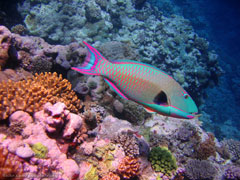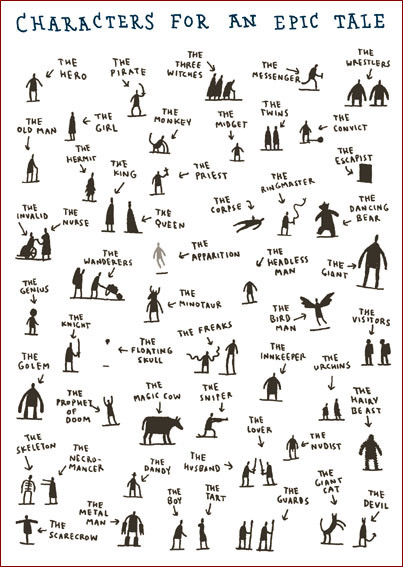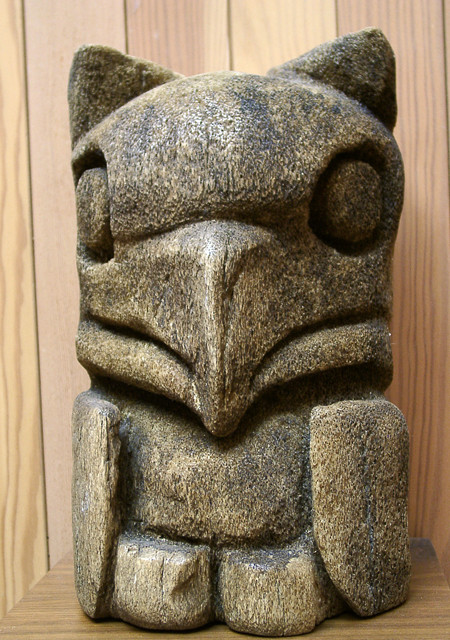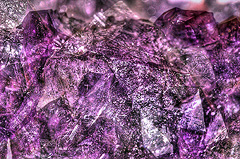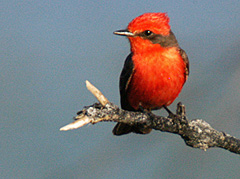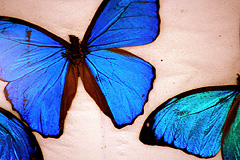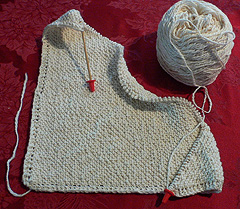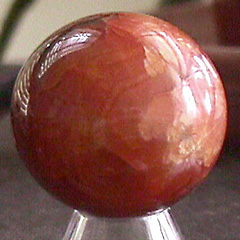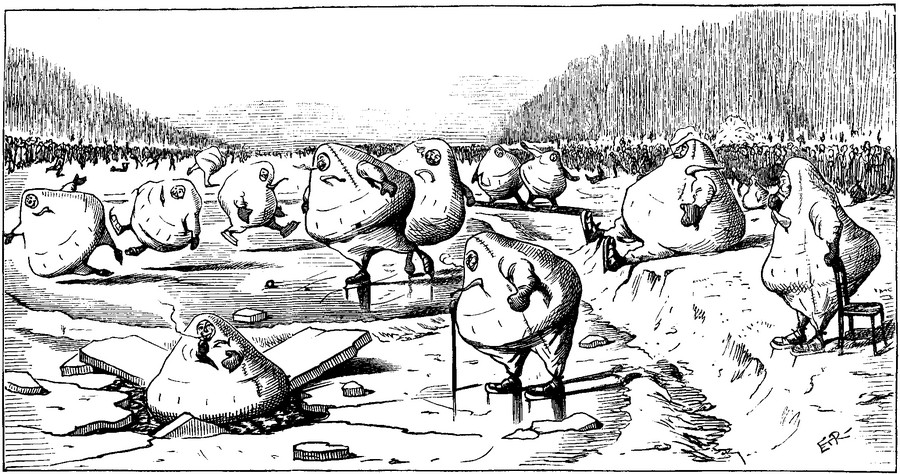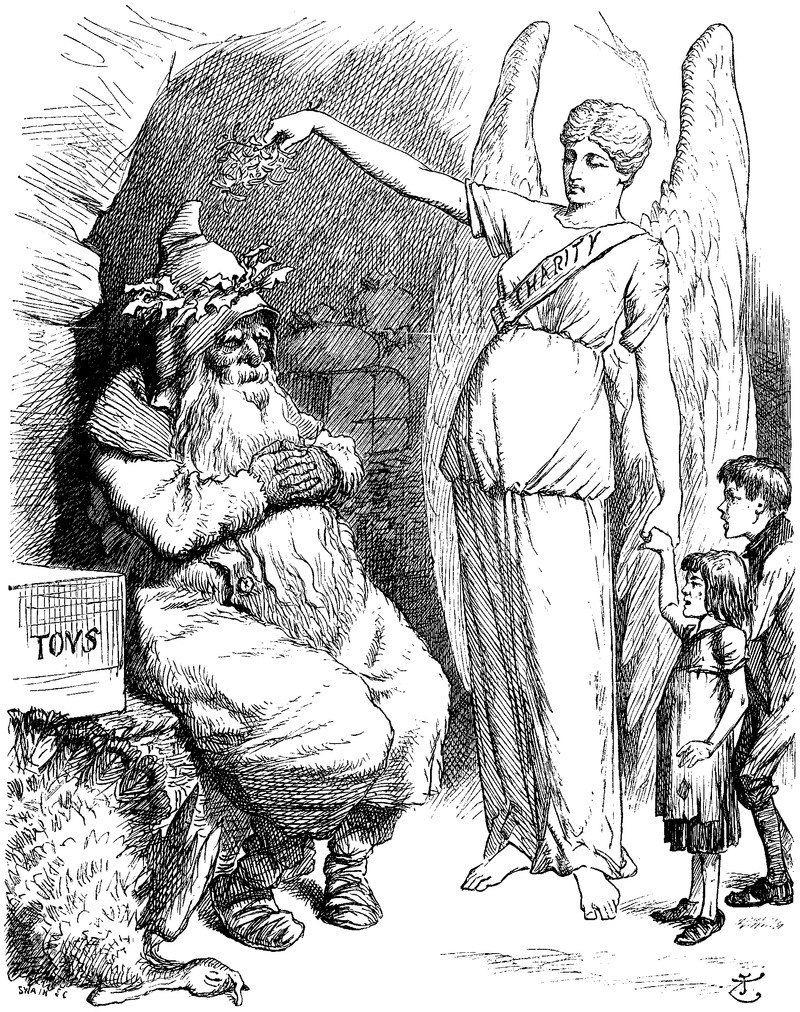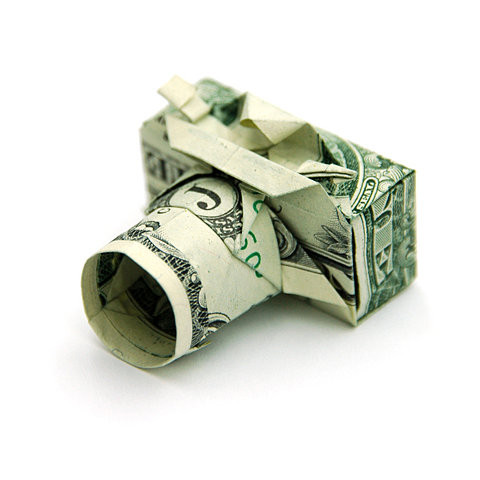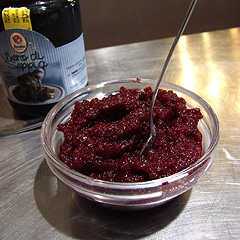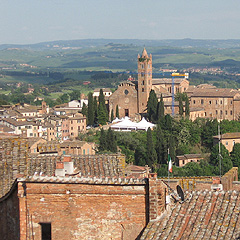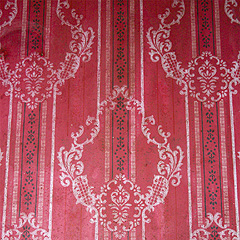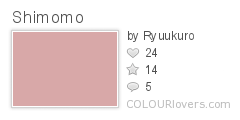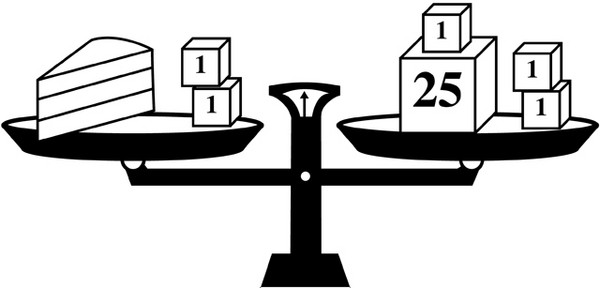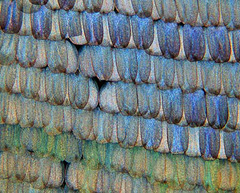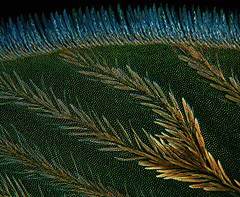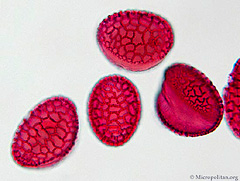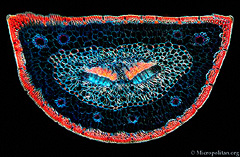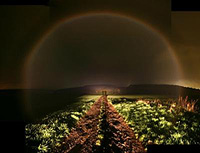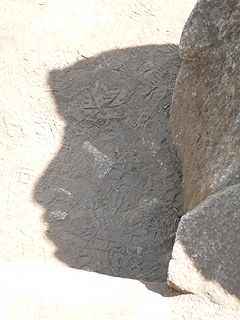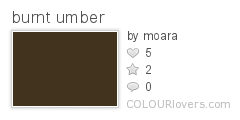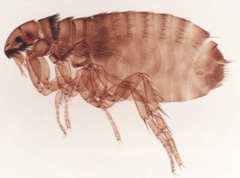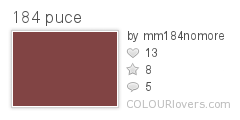I Found a Penny Today, So Here’s a Thought
|
|
|
 |
 |
 |
  by Jon HansonParrotfish: Colorful and Helpful
The key to saving the Caribbean's coral reefs could be the vividly colored parrotfish, according to the journal Nature. Reef ecosystems are increasingly strangled by encroaching seaweed, fertilized by agricultural runoff. However, parrotfish graze on seaweed, using parrot-like beaks. Since sea urchin numbers have dwindled in the Caribbean, parrotfish are the primary grazers. Scientists now believe that protecting the fish could help strangled reefs to recover. Parrotfish need protection because they are a sought-after delicacy in Caribbean culture and are easily caught in fish traps. Parrotfish are as colorful as macaws. In fact, they are so variably colored that they are often mistaken for different species. Male and female parrotfish sport different colors. Females tend to feature browns, greens, silvers, and grays, while males have more vibrant colors such as pink, aqua, orange, yellow, red, and electric blue. However, in the Mediterranean, the coloration is reversed, with females sporting vivid hues and males drab ones. To learn more about the role of parrotfish in coral reef ecosystems, see the BBC News report. [Read the entire article in my guest blog at ColourLovers.com.]
|

 |
|
|
 |
 |
 |
A-OK Every day, more people are making more things "okay." Consider the following examples: The television character Adrian Monk made it okay to have obsessive-compulsive disorder (OCD) The film Bonnie and Clyde made it okay to sympathize with murderers The Cold War and space race made it "okay to be smart" in America The actress and glamor model Pamela Anderson made it okay for a chick to be "wild, adventurous, reckless, kittenish" The film Deliverance made it okay to make fun of rednecks, backwoodsmen, and simpletons. However, comedian Jeff Foxworthy made it "okay to be a redneck" (source is in PDF format) "In his humble, brilliant simplicity, Dave [Thomas, the founder of the Wendy's restaurant chain] made it okay to be, well, just okay" Arquitectonica's Atlantis, a "tropical modernist" condominium in Miami, made it okay to "color outside of the box" The HBO show "Six Feet Under" made it "okay to laugh at, think about and talk about death and your dysfunctional family" The film Superman (1978) made it okay for Hollywood to adapt comic books The character Tracy Turnblad from John Waters' Hairspray (1988) "made it okay to be fat" Children's television icon Mister Rogers made it okay to be curious The famous collie Lassie "made it as much as many of us have always loved dogs” Prozac "made it okay to take a psychotropic drug" The HBO series Sex and the City "made the world safe for sluts, and Paris Hilton made it okay to hate them again" Balloon delivery man Don F. Cheeseman made it okay for a guy to drive a pink van (and don lingerie after a night of drinking) New York City "is so hip to walking, they've made it okay to eat en route" J. Mascis, of the band Dinosaur Jr., is the man who made it okay to rip a guitar solo in underground rock This is a post that I am "co-blogging" with Hanan Levin of Grow-a-Brain. Thank you, Hanan!
|


 |
|
|
 |
 |
 |
  by DimrillHeavy and Weightless ColorsTo paraphrase a classic riddle, which weighs more: a pound of yellow feathers or a pound of red lead? Color may be a weighty subject, but the spectrum can't be gauged in terms of tonnage. The Swiss painter Paul Klee observed that color can be "neither weighed nor measured. Neither with scales nor with ruler can any difference be detected between two surfaces, one a pure yellow and the other a pure red, of similar area and similar brilliance. And yet, an essential difference remains, which we, in words, label yellow and red" ( On Modern Art, 1948). Klee was right—even though colors don't technically have weight, they can appear quite heavy and substantial or extraordinarily light and vaporous. [Read the entire article in my guest blog at ColourLovers.com.]
|


 |
|
|
 |
 |
 |
  by atomicsharkMulticolored, MultilingualWhen we talk of colors, we can't help but be multilingual. Our pictorial world tour of exotic color names continues on through Italy, France, and Greece. [Read the entire article in my guest blog at ColourLovers.com.]
|





 |
|
|
 |
 |
 |
Abecedarian's own Carte Blanche Atlas of Uncharted Territories ranked #1 in Stephen Saperstein Frug's top ten " still-fresh" resources on the Web. Frug explains that "lots of things on the web are evergreens: just as good a year from now as a year ago." He has collected "pieces whose virtue are not bound by historical moment" and that are "worth your attention." Thanks, Stephen! We're honored! Meanwhile, our own One-Letter Words: A Dictionary was recommended in the Harvard Independent's holiday gift guide. They call it "a lot more fun than a regular dictionary." Let's hear the Harvard cheer: "Rah, rah, rah!" |


 |
|
|
 |
 |
 |
 Multicolored, MultilingualWhen we talk of colors, we can't help but be multilingual. Our world tour of exotic color names continues on through Italy, England, Greece, and Iran. Let's take a pictorial tour of these colorful cultures, in search of an exotic blue metamorphic rock that yields a bright pigment when crushed. [Read the entire article in my guest blog at ColourLovers.com.]
|

 |
A door of an Omani fort, or a make-your-own-lemonade stand?
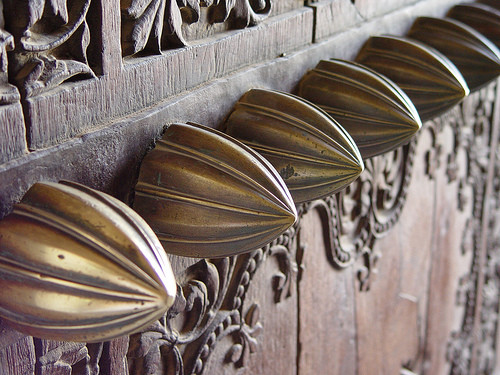
The studs are supposedly to keep elephants from pushing the door down. Photo by Andrea.
|




 |
|
|
 |
 |
 |
 Microscopic Colors
The Micropolitan Museum exhibits an unworldly spectrum visible only through the lens of a microscope. Painter Wim van Egmond photographs spectacular microscopic masterpieces with ethereal color palettes. To capture these hidden treasures, he uses a Zeiss Standard light microscope and an old Zeiss Photo-microscope. Several methods of illumination are employed: bright-field, dark-field, phase contrast, differential interference contrast, and Rheinberg illumination. Van Egmond's Insectarium offers such specimens as the iridescent butterfly wing, whose tiny scales possess a microscopic texture that refracts light. Here we find lavender blue and green. The delicate wing of the mosquito, on the other hand, is covered with ting feather-like structures. Deep greens, golds, and aquas are apparent.
The Botanic Garden presents the vibrant red of grains of Lily pollen. The stem of the Mare's Tail, an aquatic flowering plant, offers dazzling purples and violets. The pine needle is ablaze with dark blue, light blue, bright red, and orange. [Read the entire article in my guest blog at ColourLovers.com.]
|

 |
|
|
 |
 |
 |
  by mitzelman_99. Moonbows: Colors of the Night
Just as the sun illuminates rainbows during the day, reflected sunlight from the moon can reveal moonbows and moon halos at night. The most favorable time for a moonbow to appear is during a rain shower opposite a full or very bright moon. The night sky needs to be very dark, and moonbow watchers should stand with their backs to the moon. The colors of the moonbow will be dim pastels, in contrast to the vibrant hues of a daytime rainbow. A moon halo, on the other hand, is visible near the moon itself as a result of moonlight scattered through ice crystals in very high clouds. The colors of a moon halo tend to be brigher than a moonbow. The headlights of a car can create a phenomenon called a fog bow as they illuminate water vapor during misty conditions. Christian Fenn reported "Fogbows are more feebly colored than their Sun illuminated counterparts (rainbows) and usually appear whitish to the unaided eye." The rainbow appears throughout world mythology as a symbolic bridge between the divine and the mundane. Moonbows remind us that even on the darkest night of the soul, there is a glimmer of promise, however faint.

Moonbow over the Pacific Ocean in Tahiti.  by Pierre Lesage. by Pierre Lesage.
After the war was over
I was coming home to you
I saw a rainbow at midnight
out on the ocean blue
—Ernest Tubb, "Rainbow at Midnight," 1946.

 by Thoth, God of Knowledge. by Thoth, God of Knowledge.
[Read the entire article in my guest blog at ColourLovers.com.]
|

 |
|
|
 |
 |
 |
 Colours of French ExtractionWhen we talk of colors, we're often speaking French. Many of our most exotic color names are of French origin. Let's take a pictorial tour of the colorful French countryside, where we'll encounter drunken monasteries, burrowing insectivorous mammals, jumping blood-sucking insects, earthy shadows, juicy fruits, and edible ornamentals.
[Read the entire article in my guest blog at ColourLovers.com.]
|

Page 165 of 170

> Older Entries...

Original Content Copyright © 2025 by Craig Conley. All rights reserved.
|




